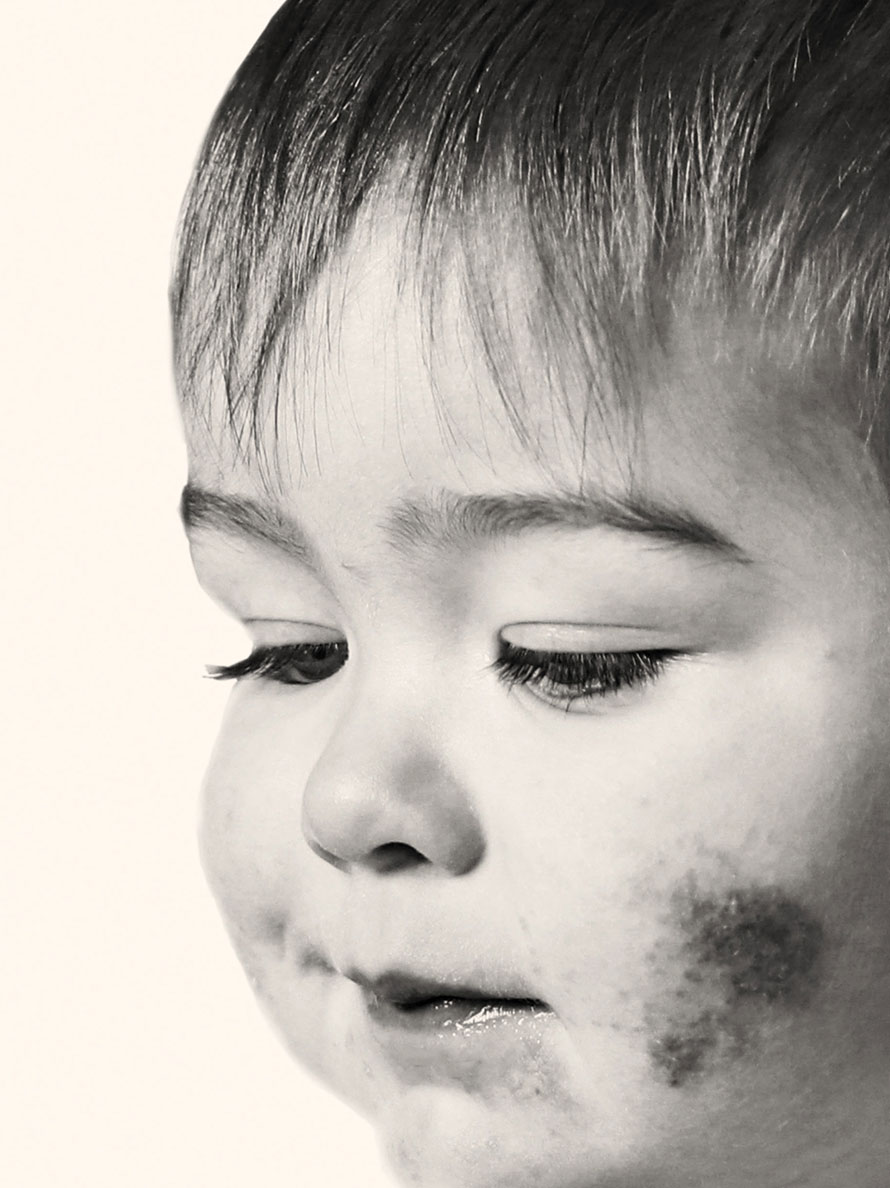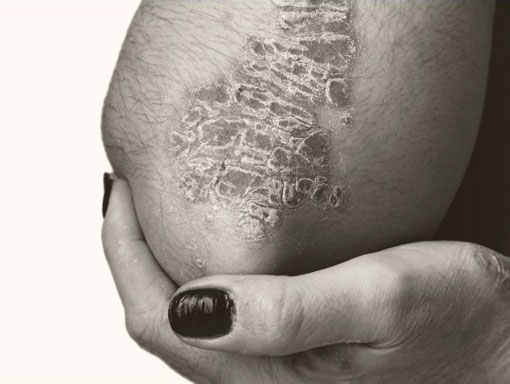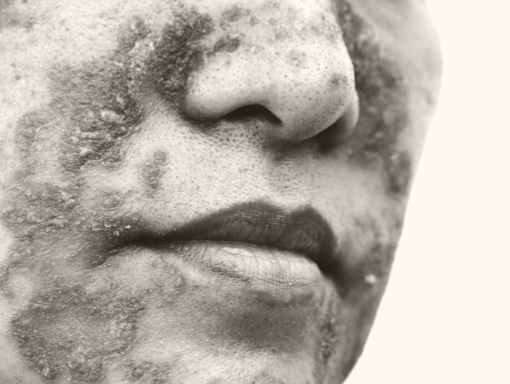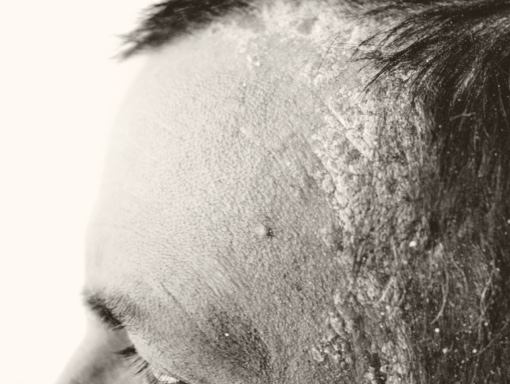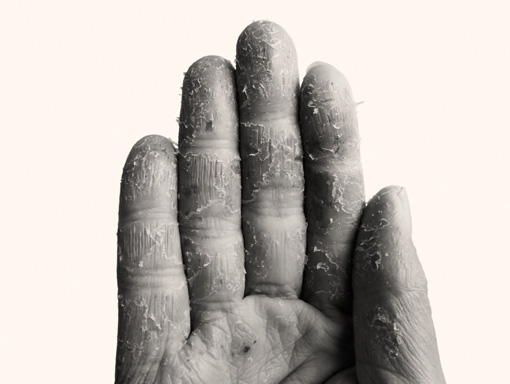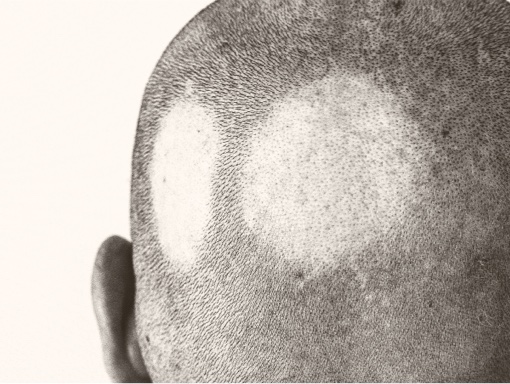Meaningful Innovation
Atopic Dermatitis
Atopic dermatitis is the most common type of eczema, affecting approximately 9.6 million children and 16.5 million adults in the US.
Atopic dermatitis is a chronic, relapsing inflammatory skin disease, that is genetically pre-disposed and presents across the lifespan. AD used to be considered primarily a childhood disease. However, initial symptoms and diagnosis occur in childhood, adolescence and adulthood.
Atopic dermatitis appears as a red, intensely itchy rash, that can occur anywhere on the body, and may present differently in infants, children and adults. Atopic dermatitis presentation can rapidly fluctuate and can vary based on geographic location and environment. People with eczema can get rashes anywhere that can ooze, weep fluid and bleed when scratched, which may make skin vulnerable to infection.
Itch is the most reported and most burdensome symptom, causing substantially reduced quality of life and sleep disturbances. Living with eczema, or being a caregiver, can be difficult and frustrating due to the relentless cycle of treating flares and the chronic nature of the disease. Since a large percentage of atopic dermatitis patients are very young children, safety and tolerability is a particularly important consideration in treatment selection.
Barrier Disruption
Understanding the role of the skin barrier in atopic dermatitis
Similar to walls of a house made of brick and mortar, the skin barrier is made of cells secured with fats. With a healthy skin barrier, these walls are strong, keeping moisture inside and providing protection from everyday elements and irritants. However, for those with atopic dermatitis, the skin barrier is weakened. The walls break down, allowing moisture to escape and irritants to come in, which can lead to itch, inflammation, skin injuries, and infections. All of which can makes the skin worse. That’s why long-term, topical treatment options are important to help address inflammation and keep the skin barrier strong.
Explore our focus areas.
Broad and deep dermatology pipeline.
Learn about Arcutis’ current clinical programs.
View Pipeline